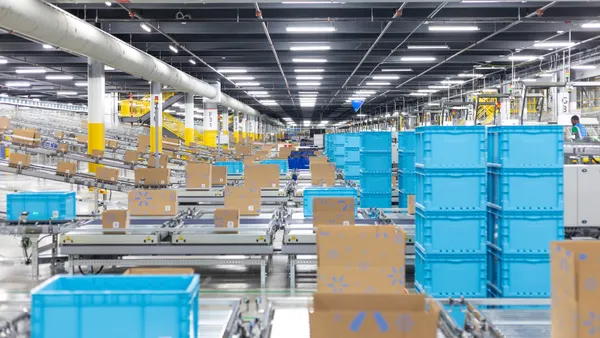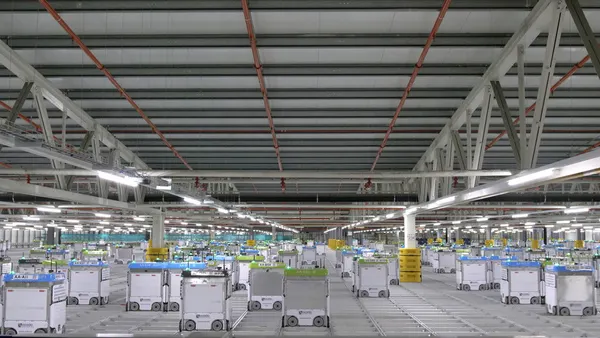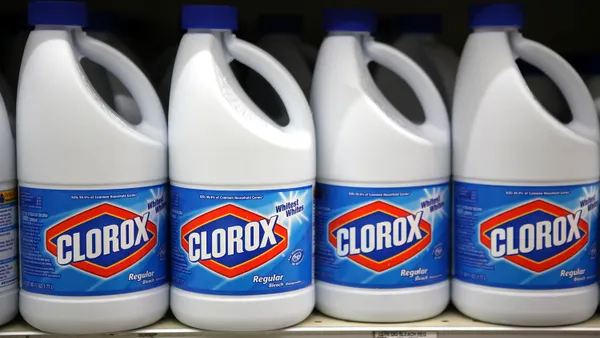Dive Brief:
- Exxon Mobil and the Georgia Institute of Technology have created a new reverse osmosis carbon-based membrane that can separate para-xylene — a chemical building block for polyesters and plastics —from chemical compounds, the oil and gas company announced last week.
- Current commercial processes to separate para-xylene involve an energy usage equivalent to about 2 average-sized power plants. This new technology is 50 times more energy efficient; it could reduce global annual CO2 emissions by up to 45 million tons and reduce global energy costs by up to $2 billion.
- The membrane comprises a commercially available polymer, but the technology must still be tested under tougher conditions to ensure its durability and must be demonstrated to withstand long-term use.
Dive Insight:
Reverse-osmosis membranes are already used in desalinization processes, but the application of the technology to separate liquid hydrocarbons could have wide implications for chemical plants worldwide. Chemical plants currently account for 8% of global energy demand, but the industry could benefit from more sustainable processes as carbon emission guidelines tighten worldwide.
In addition, petrochemical production is expected to increase in the coming years due to a natural gas boom in the U.S. Gulf Coast.The ethane extracted from the natural gas can be converted into ethylene, which is a key component of many plastics, then polyethylene.
Over 8 million metric tons of new plastics production will come from the U.S. by 2020, according to Fuelfix, and more than 250 new petrochemical projects will be in operation by 2023. If further tests are successful, Exxon said it hoped to commercialize the technology for global implementation in order to reduce greenhouse gas emissions associated with chemical manufacturing.












